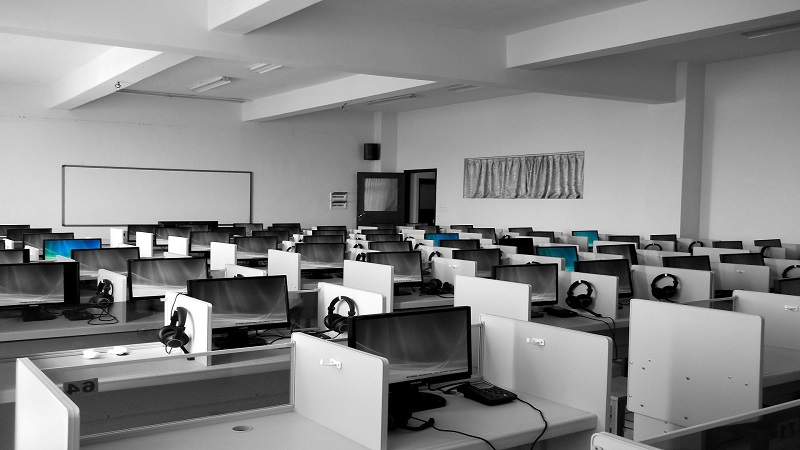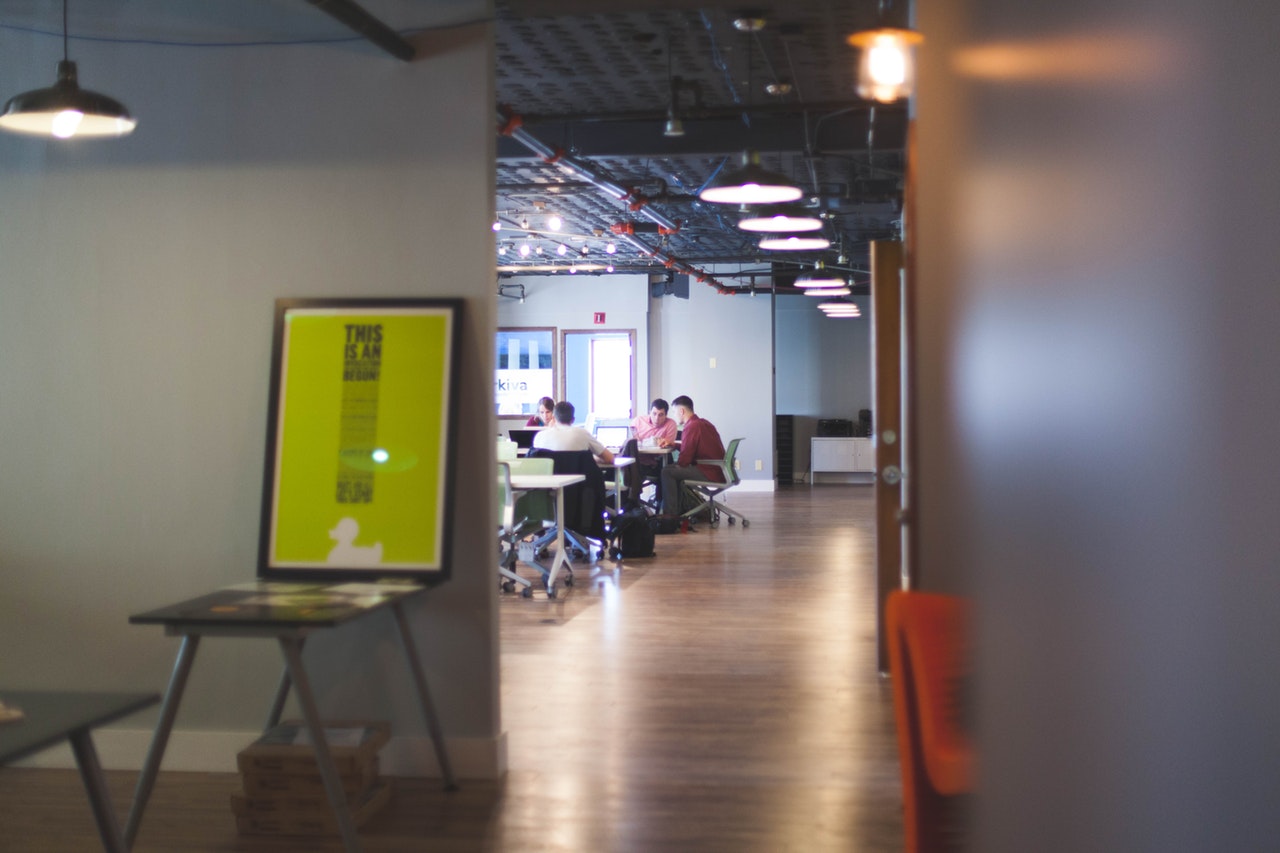Virtual Office vs. Traditional Office: Find Out What’s Best for You

What are the things to consider when choosing between a traditional and a virtual office?
- Convenience and customer trust
- Flexibility and accountability
There has been a long-standing debate on which is the better setup for certain kinds of businesses. With the growing preference for convenient ways to work and easy shortcuts to age-old techniques, many startup businesses have now elected to go with a virtual office. Manila, the capital of the Philippines, is home to many small and medium businesses that have most if not all their operations via virtual offices. However, there are still more companies that use the traditional office setting because it is what has always been done in the past.
If you are planning on starting a business or restructuring your business, one of the most important things to consider is the office setting. Both the traditional and the virtual office setting has their perks. To identify which one is the most ideal for your business, you have to choose which one fits what you need the most.

Convenience and Customer Trust
Virtual offices basically let employees do all of their work anywhere they want. It prioritizes the convenience of the workers. Since most people who work in virtual offices do so in their homes, have a very flexible way of working, and don’t have to worry about the stress of commuting to and from a workplace. Startups in Manila prefer to operate in a virtual office because office rent in the Philippines has done nothing but soar higher and higher.
However, because most virtual offices in Manila don’t have a physical location, they don’t have any place to interact with their customers and team face-to-face. Traditional offices have a physical location where all the employees, as well as the clients, go to make their transactions.
The presence of an office space makes it more likely for customers to trust the business, as they are able to interact with them. To make up for this, virtual offices typically book places for their face-to-face interactions with their customers or their team.
To put it simply, choosing each office setting will give you a boost to either the convenience of your work (virtual offices) or the customer trust that you gain (traditional offices). Both can obtain each other’s perk as the business moves forward.

Flexibility and Accountability
A major difference between virtual offices and traditional offices is the work hours for the employees. The average employee usually works for 9 hours, usually having two 15 minute breaks and a 1-hour lunch break. Employees are usually required to monitor their time while working and on break. People who work in virtual offices, however, have the liberty to do what they want with their time. Apart from deadlines that they need to follow, people who work in virtual offices choose when they want to work.
If you want to be able to control your work hours, then a virtual office would be ideal for you. This kind of office setting lets you work any time of the day, for as short or as long as you want, and anywhere in the world. However, virtual offices are mostly results-based.
Traditional offices usually have fixed working hours that are heavily monitored by the management. Some of them have implemented a system called flextime where the employees can choose what time they can go to work, for as long as they get to reach a certain quota every week or month.
A virtual office is perfect for someone who wants to work in the comfort of their home. These people require huge amounts of discipline in focusing on their work.
Key Takeaway
The two most notable differences between virtual offices and traditional offices are the presence of a physical office, and how much freedom the employees have with regards to when and where they work.
For people who are starting a business, virtual offices are highly favored because of how office rent in the Philippines has been continually getting more expensive. For most people who are uncomfortable with the traditional office setting, and would rather work in the comfort of their home, then a virtual office would be perfect. On the other hand, people who can’t focus well at home and need a space dedicated to them for work are much better off with traditional offices.





